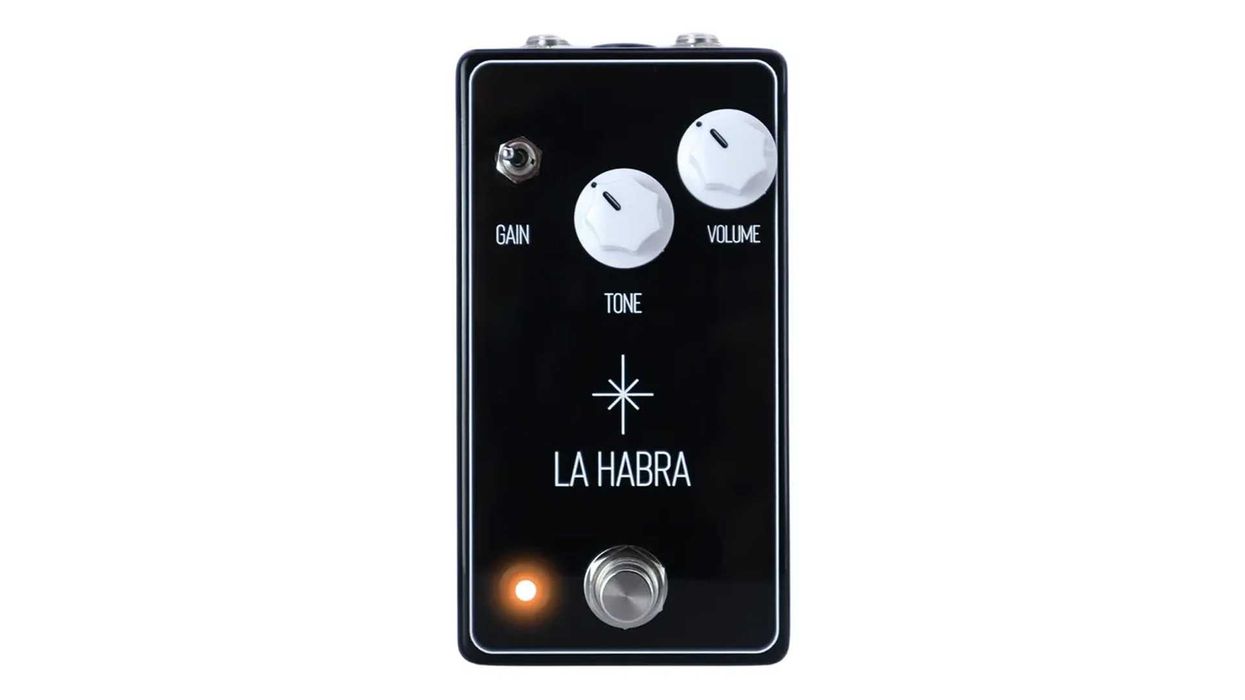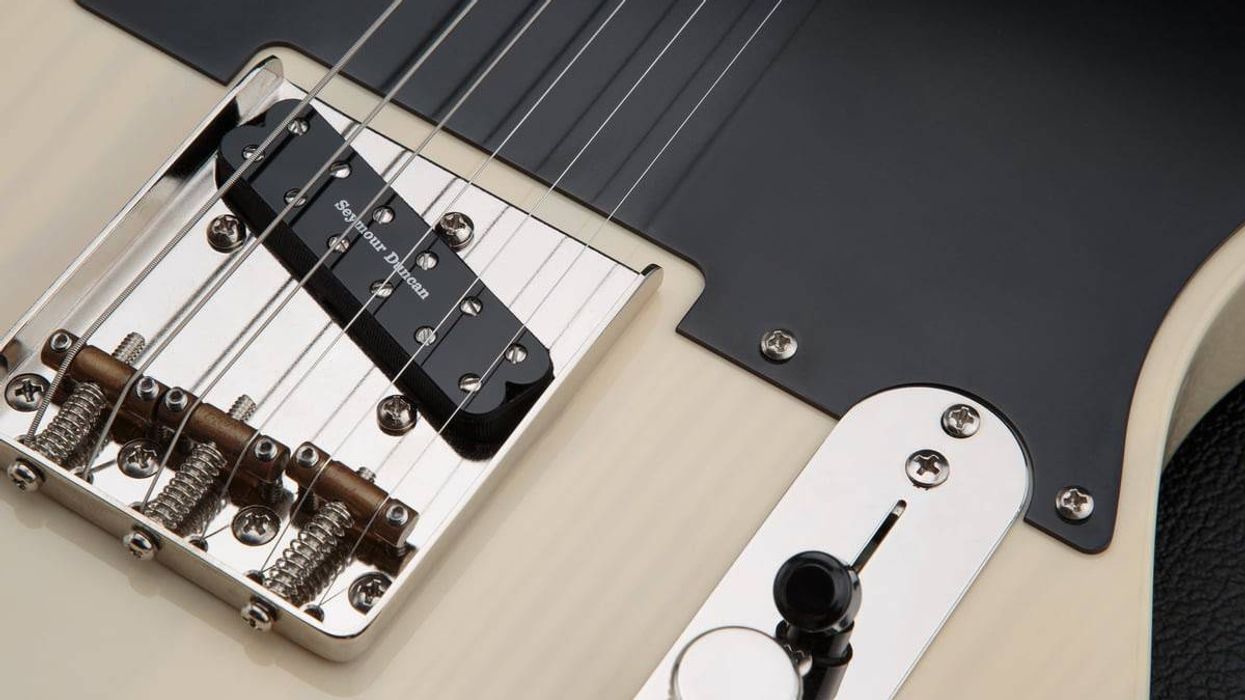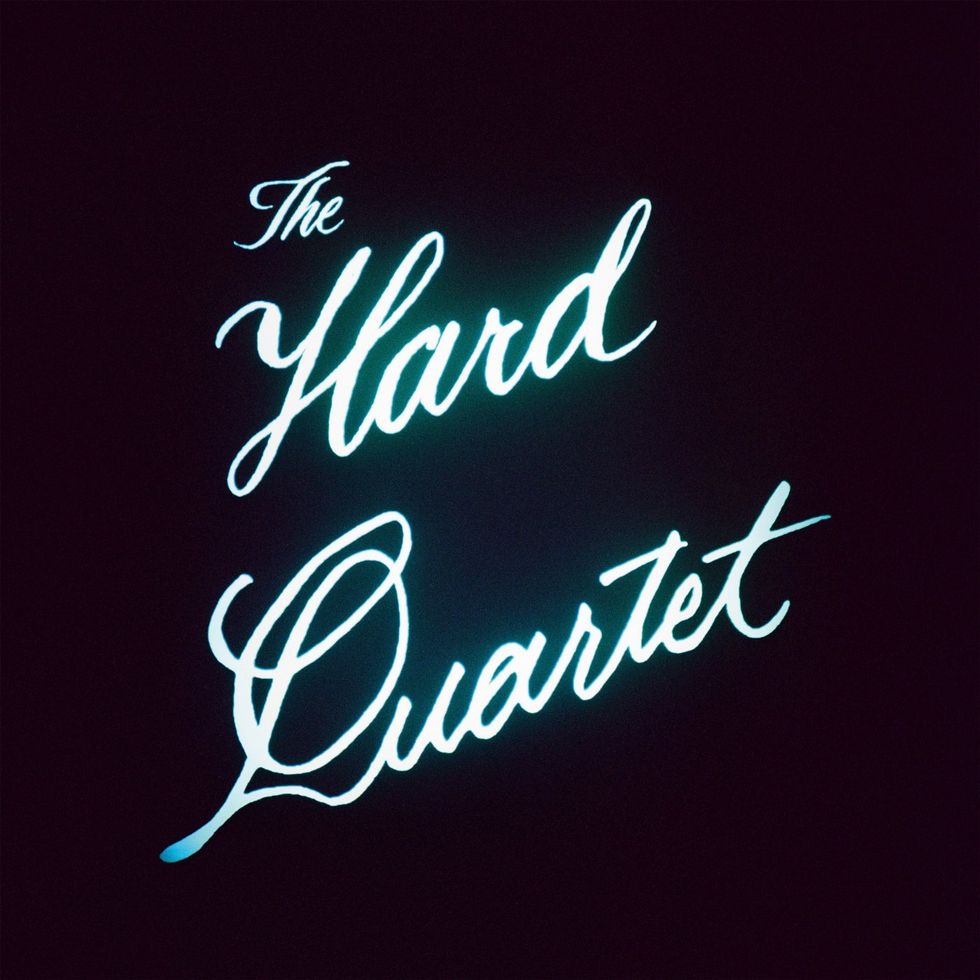Building on KRK's legacy of sonic accuracy and performance, the brand announces the expansion of its CLASSIC line of studio monitors with the addition of 7- and 8-inch models.
Incorporating over 30 years of innovation from the world's leading studio monitor manufacturer, KRK's CLASSIC product range was designed using concepts from the brand's previous ROKIT lines to deliver the same high-quality mixes that customers have come to expect from KRK at a lower price-point.
"We are thrilled to welcome two new solutions to KRK's family of professional-grade studio monitor offerings," says Sterling Doak, Director of Marketing for Gibson. "Joining KRK's CLASSIC 5, the new CLASSIC 7 and CLASSIC 8 provide the enhanced bass response and sound that music creators around the world have trusted for years. Perfect for all genres of music, KRK CLASSIC monitors provide artists, producers, and engineers with the renowned KRK sound, without breaking the bank. Plus, with three sizes to choose from, there's now a CLASSIC monitor for everyone."
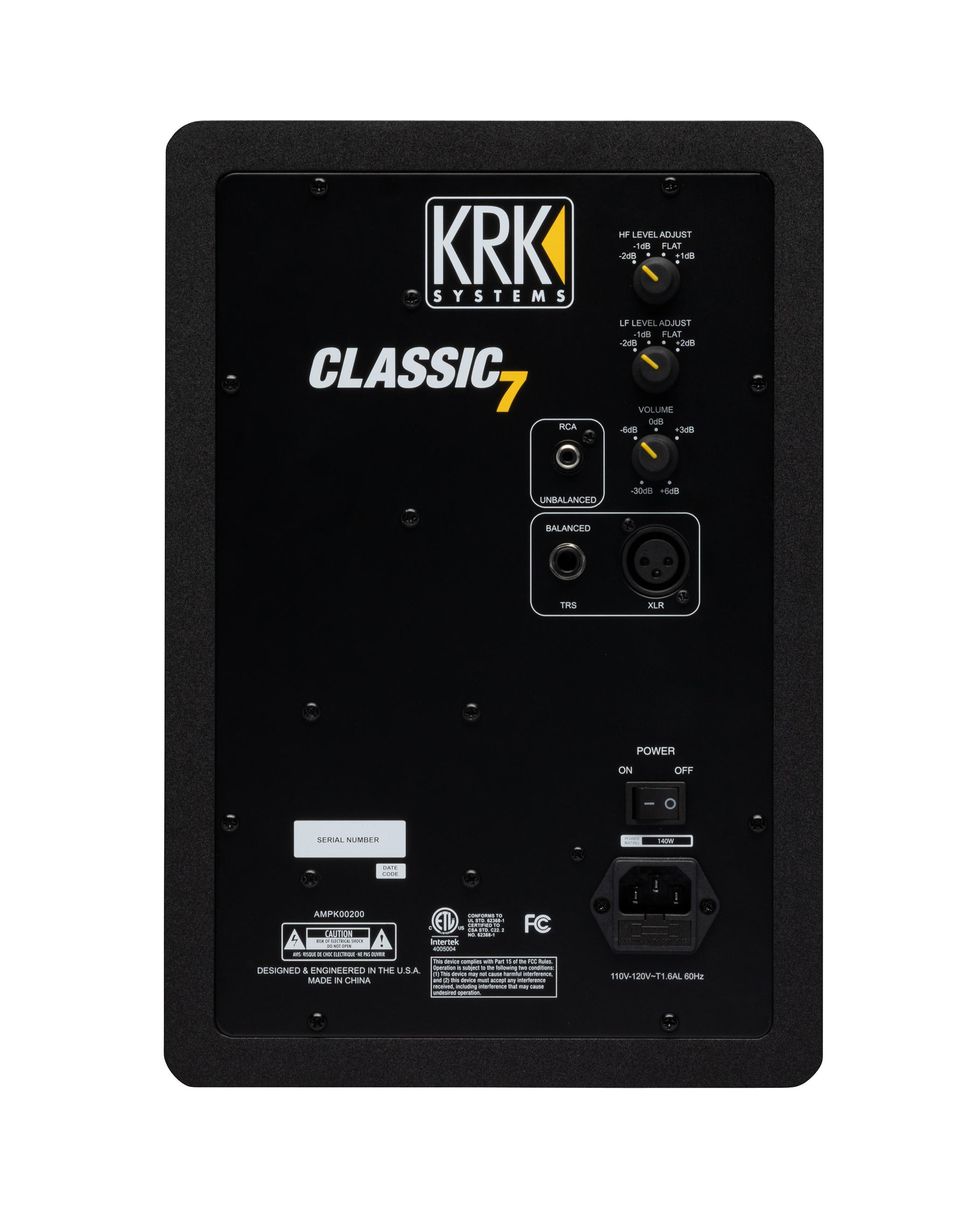
True to their name, KRK's CLASSIC active two-way studio monitors are packed with a multitude of time-tested features, including innovative bi-amped Class A/B amplifiers with a built-in automatic limiter and a low-resonance enclosure for minimized distortion and colorization. With the optional ability to engage the +2 dB KRK Bass Boost, the CLASSIC line of studio monitors can hold true to the acclaimed KRK sound that music creators desire.
Like the CLASSIC 5, the new CLASSIC 7 and CLASSIC 8 utilize a 1-inch textile, soft-dome tweeter paired with either a 7-, or 8-inch glass aramid woofer, depending on the size monitor selected, delivering a clear midrange and tighter bass. KRK CLASSIC monitors feature a front-slotted bass port, which reduces boundary coupling and allows for flexible positioning within a room. It also is designed with a preinstalled hi-density foam pad to decouple the speaker enclosure from the surface, helping with clarity and accurate frequency response.
With high- and low-frequency controls, users can adjust the monitors' sound to their environment and preference, adding versatility and improved accuracy for mixes that translate in any production environment. Additionally, multiple input connections (XLR, ¼-inch, RCA) allow for universal connectivity, making it seamless to integrate CLASSIC monitors into any studio setup.
Learn more:
krkmusic.com
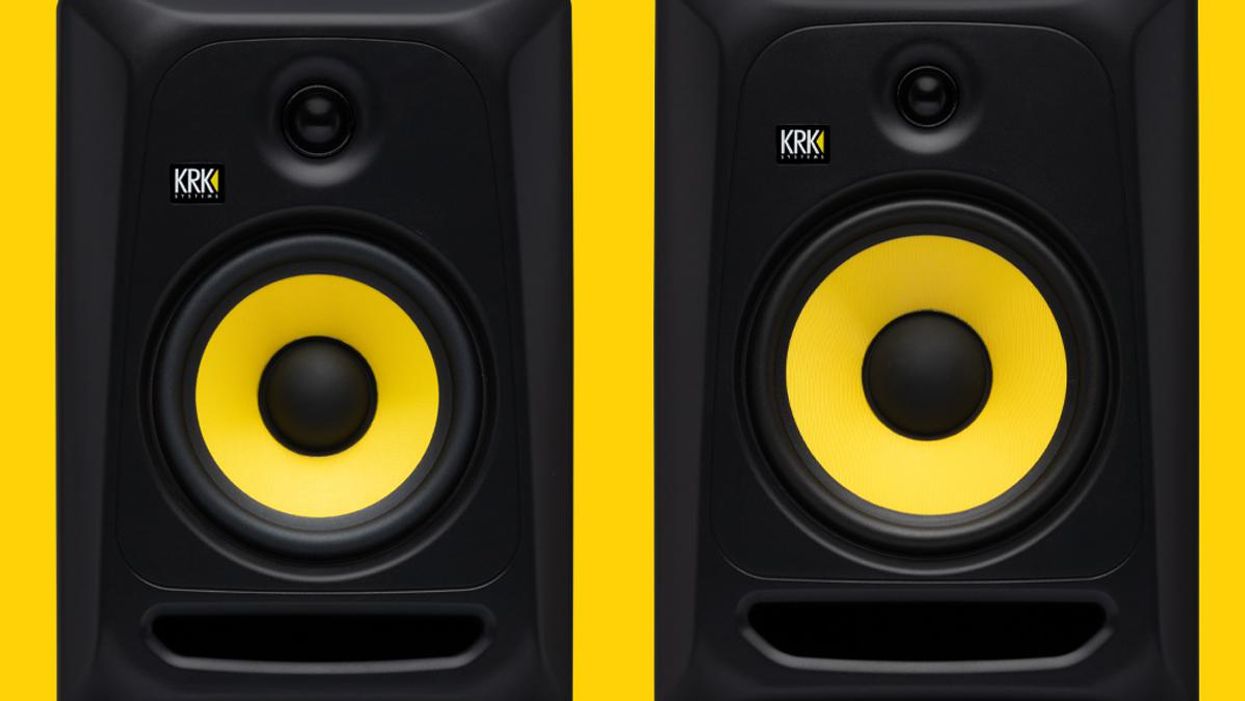



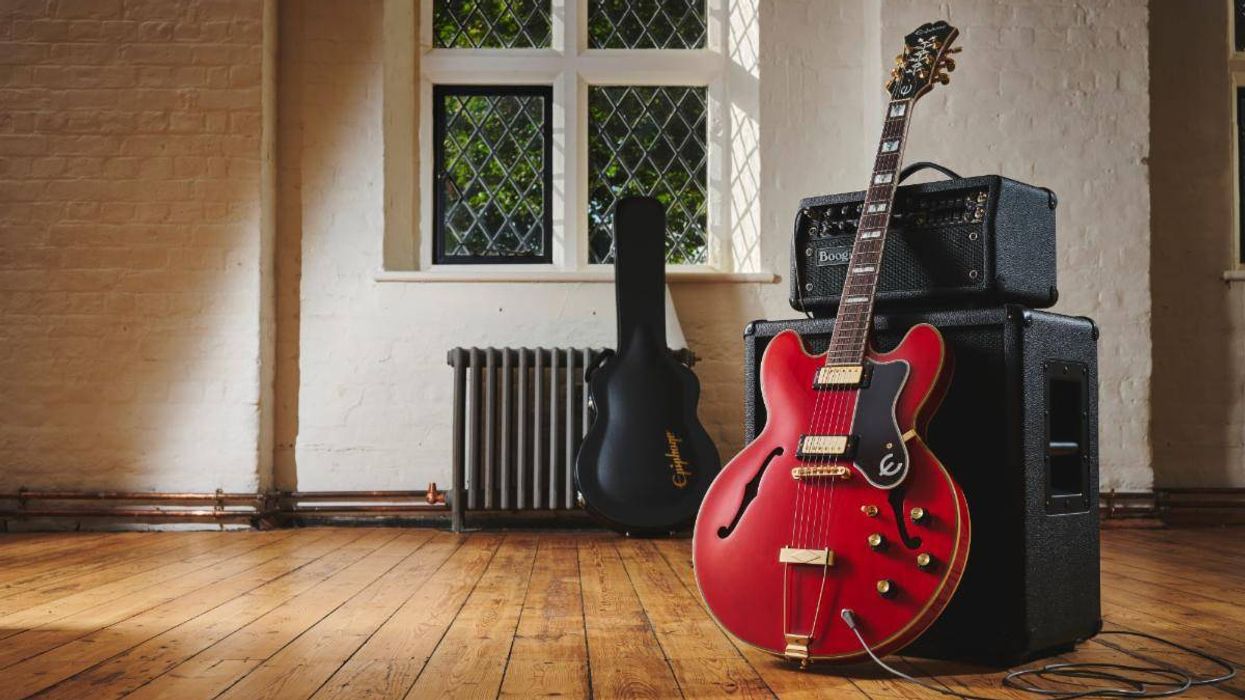
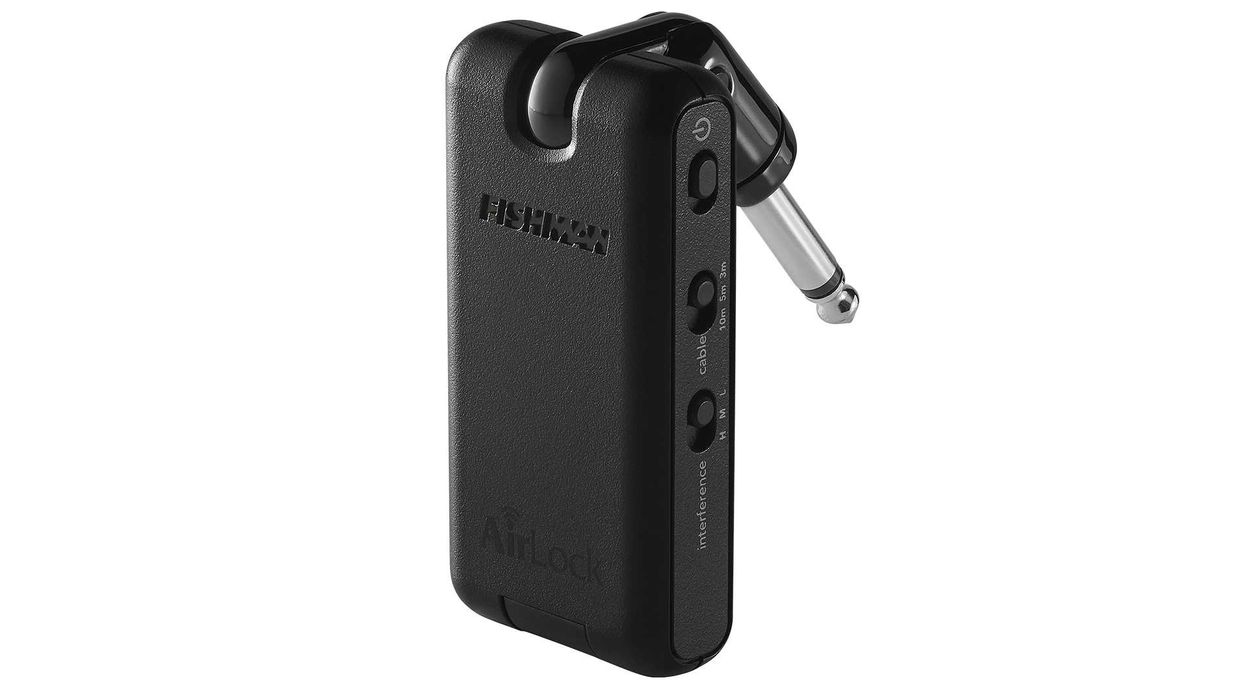
![Devon Eisenbarger [Katy Perry] Rig Rundown](https://www.premierguitar.com/media-library/youtube.jpg?id=61774583&width=1245&height=700&quality=70&coordinates=0%2C0%2C0%2C0)

